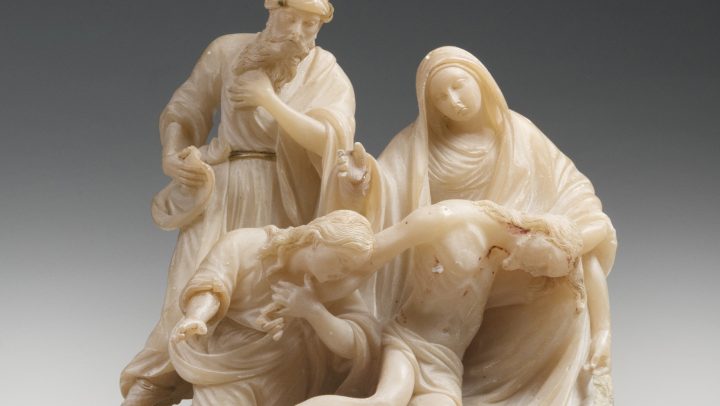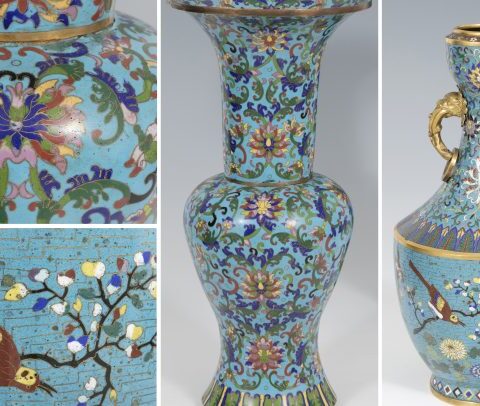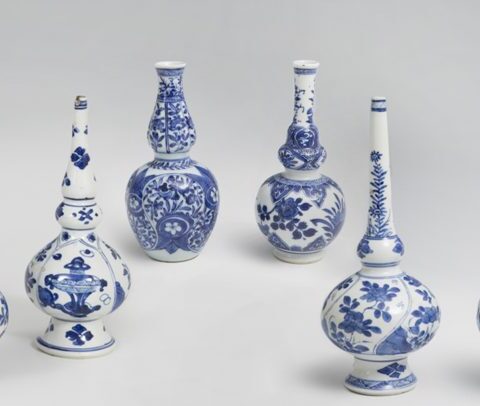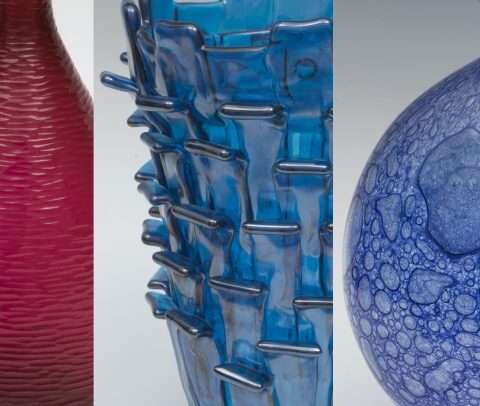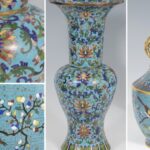The passage of time has always been one of the constant enemies of human beings. Great feats as a species are our monuments and works of art, which have been created with the intention of enduring and surviving their own time, thus leaving a legacy that survives generation after generation. In this sense, the material that composes them is one of the essential elements to achieve it, being the stone one of the most suitable.
There is a rock, a singular type of alabaster, which is only found in the region of Ayacucho, and whose translucent quality, as well as its malleability, made it one of the most prized materials by collectors since the sixteenth century, the Huamanga.
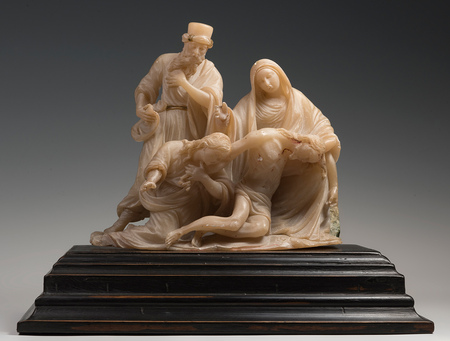
We have no evidence that this rock was used by the natives before the pre-Hispanic period, since the first sculptural examples in Huamanga appear at the end of the 16th century. Castilian tastes stamped their seal on the artistic production of the viceroyalty, taking into account the success of other European alabasters, such as those from Malines or Trapani. At this time sculptures were both a source of wealth and the vehicle for the expansion of faith. Thus, the religious themes of these small statues aided the evangelizing task of the colonists.
As in European alabasters, a subtle polychromy was initially chosen, following the canons of the Renaissance. In this way, the whitish and translucent texture of the stone prevailed with small details of color or gold for clothes or hair. An example of this is this sleeping baby Jesus. In this vanitas, the mineral achieves its full prominence and the small spots of the veins give a more realistic aspect to the child’s skin and the skull. The golden curls of the hair are enough to highlight the divine character of the protagonist.
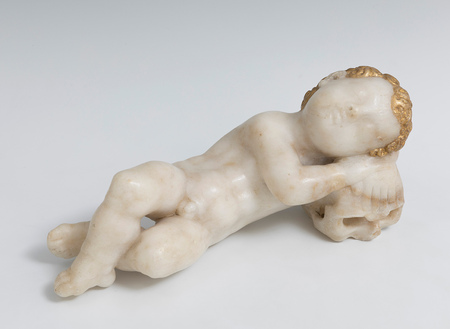
One of the most important features of huamanga is its malleability. This ability allows carving details with extreme meticulousness as if they were clay or wax. One of the sculptures that will be put out to tender on the 19th, shown below, is a perfect example of this characteristic and is arguably one of the highest quality examples of the Viceroyalty of Huamanga.
This piety is carved from a single block of stone from which the various free-standing figures emerge. Its reduced format does not exempt it from rigor in terms of the expressiveness of gestures, faces, musculature or cloths and fabrics that dress the figures. The high quality of his carving is evidence of the hand of a master who, unfortunately, remains anonymous today. The sparse golden details give way to a polychrome that is combined with the subtle application of rubies. The eye of the beholder transforms his own gem into the flowing blood of Christ.

We can compare this sculpture with the one preserved in the Museum of America in Madrid. Although they would be two sculptures of the same school and period, in the second one, the huamanga is visible only in the incarnations while the polychrome covers most of the surface.
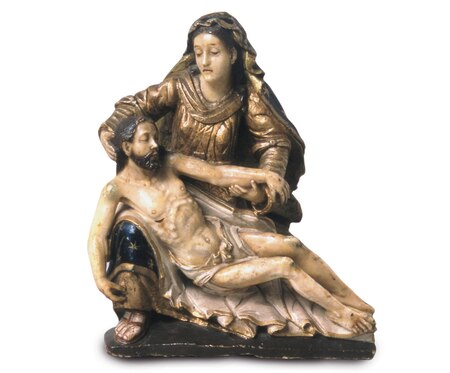
During the 18th century we observe how polychromy acquired a greater role in the sculptural production of Huamanga. The bright colors characteristic of the Peruvian school contrast notably with the delicacy of the stone, making it look more opaque. In this way, its appearance changes from crystalline to ivory-like.
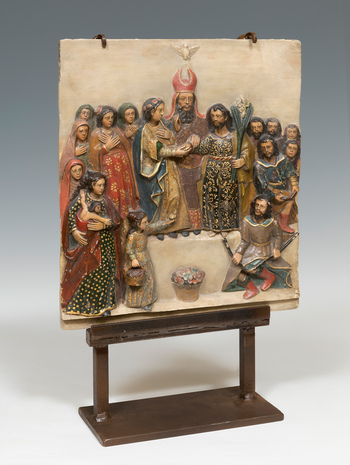
The sculptures in Huamanga were in demand by Spanish collectors during the XVII and XVIII centuries, attracted mainly by the exotic and distant character of the stone. However, many of them have been lost or have come to us distorted by the damage received by the passage of time. The three pieces we have mentioned are an exceptional example, both for their state of preservation and for their high sculptural quality. The historical relevance they represent undoubtedly makes them the key to a collection and there are few museums, such as the Museum of America in Madrid or the Museum of Pedro de Osma in Peru, that have similar examples to those of our next auction, being, therefore, on September 19 a unique opportunity for lovers of Viceroyal art.

